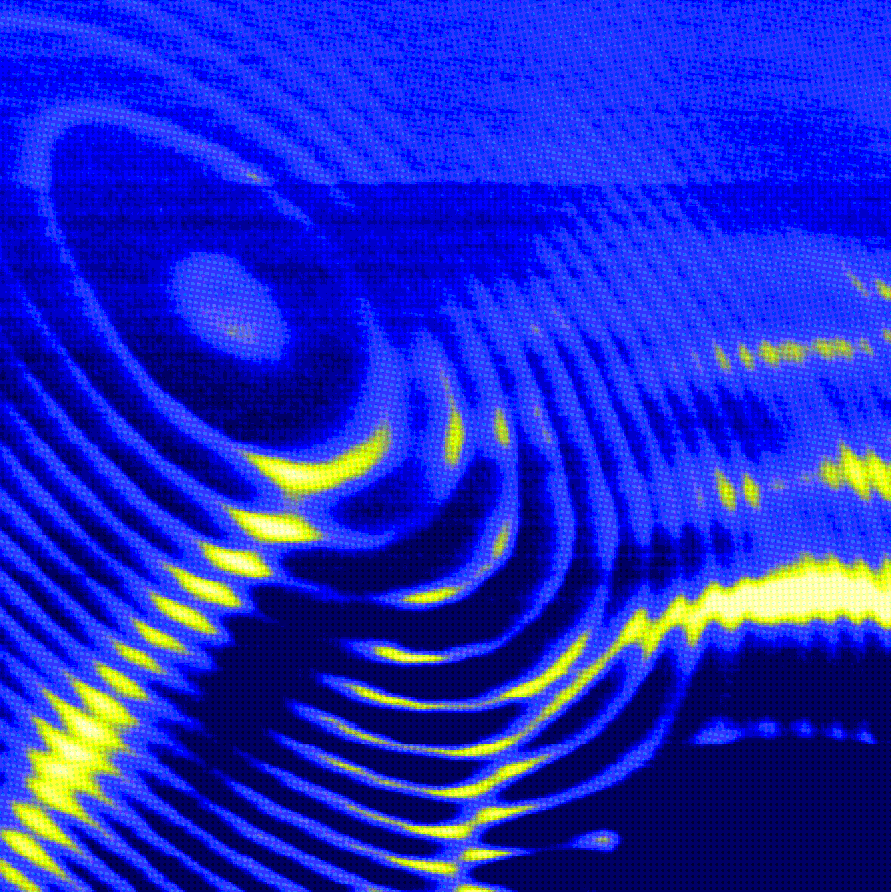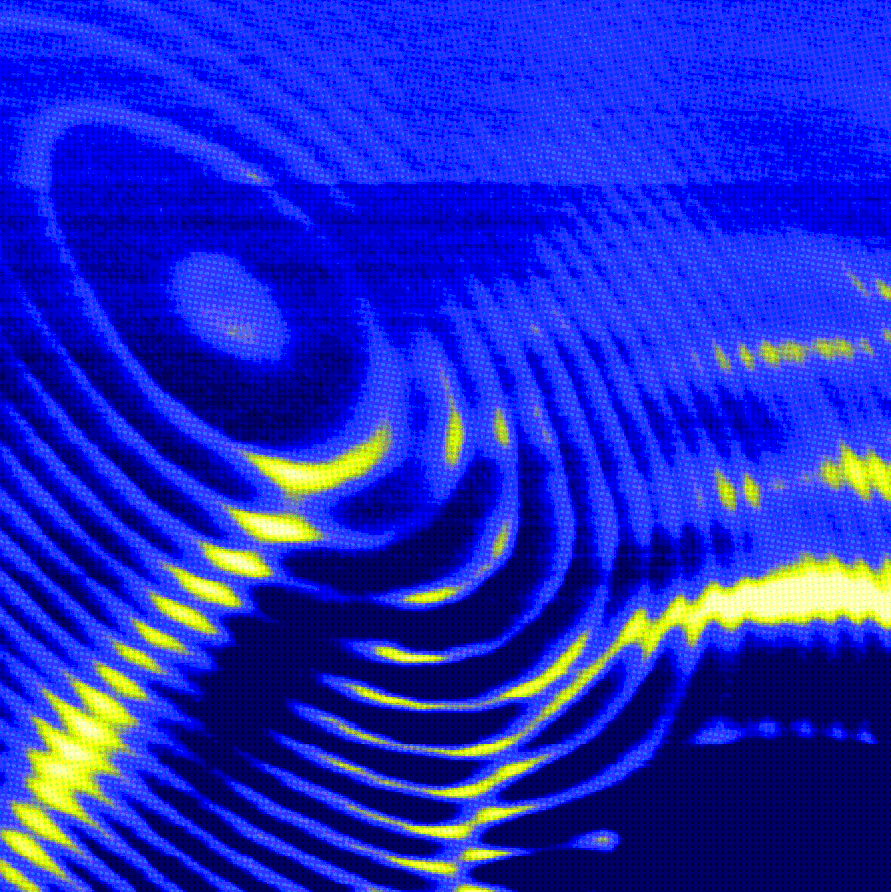Imaging localized states in graphene nanostructures
Graphene has attracted substantial interest in fundamental and applied research, which is partly motivated by the expectation of novel effects, and by the hope that graphene might complement silicon and other semiconductors in transistor technology. However, most of these prospects rely on successfully opening an energy gap in its otherwise gapless energy band structure. This can most easily be achieved by etching graphene into nanoribbons, which could act as the basic building blocks for more complicated nanostructures. Several research groups worldwide have succeeded in this endeavor. However, the microscopic nature of the gap and its effect on transport properties are still debated.
In a paper appearing in Physical Review B, Stephan Schnez and collaborators from the Solid State Physics Laboratory in ETH Zurich, study current transport in a graphene quantum dot connected to leads through two small constrictions. The researchers can locally alter the energy levels of the dot through an applied voltage from the sharp tip of an atomic-force microscope. Scanning the tip over the sample, they obtain current maps from which they deduce local electronic properties. Their measurements suggest that at least one localized state exists in the small constrictions within a small area, which strongly influence the coupling of the quantum dot to the leads. They infer a diameter of around for the localized states⎯an order of magnitude smaller than the characteristic dimension of the quantum dot. – Alex Klironomos





